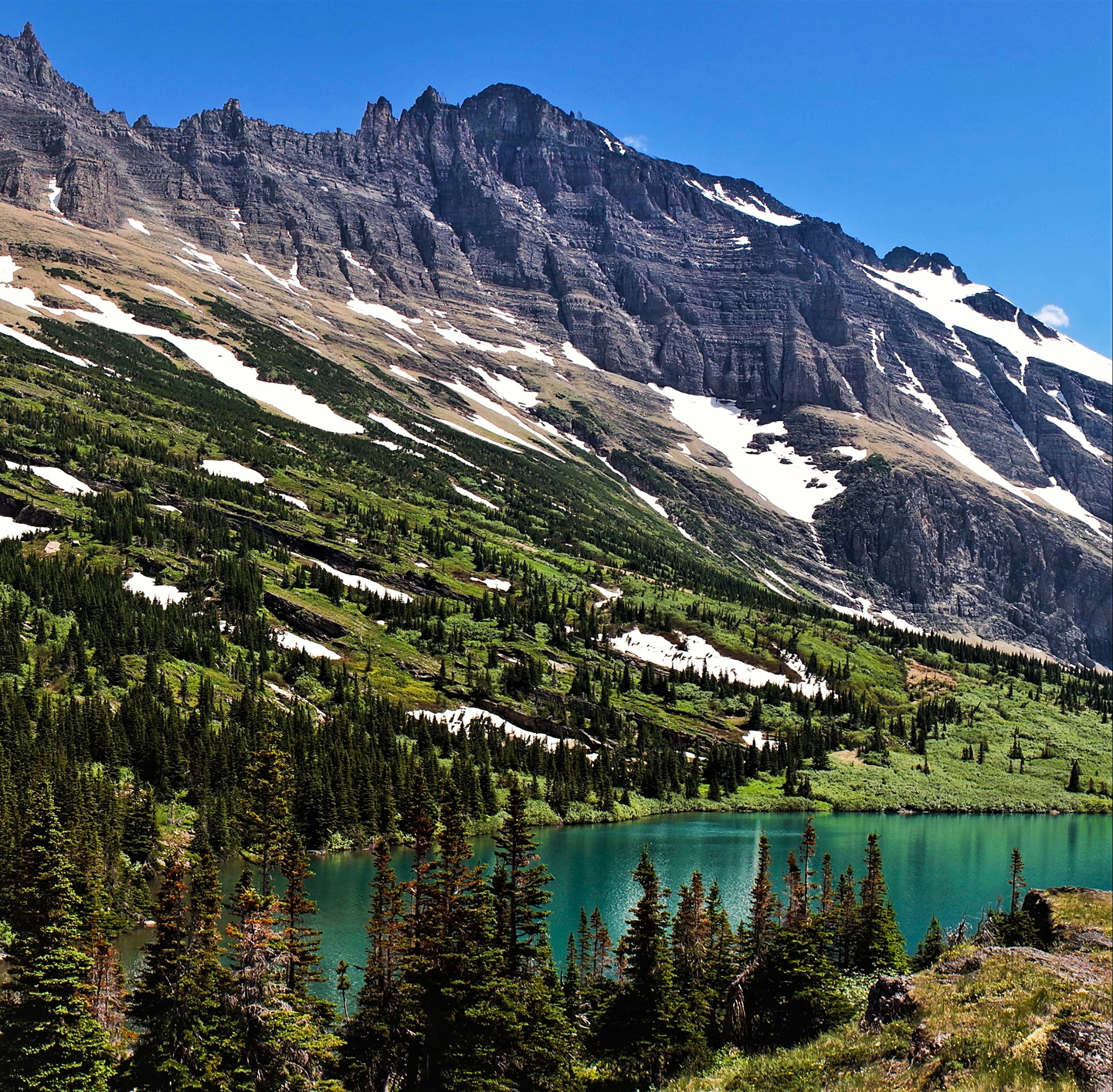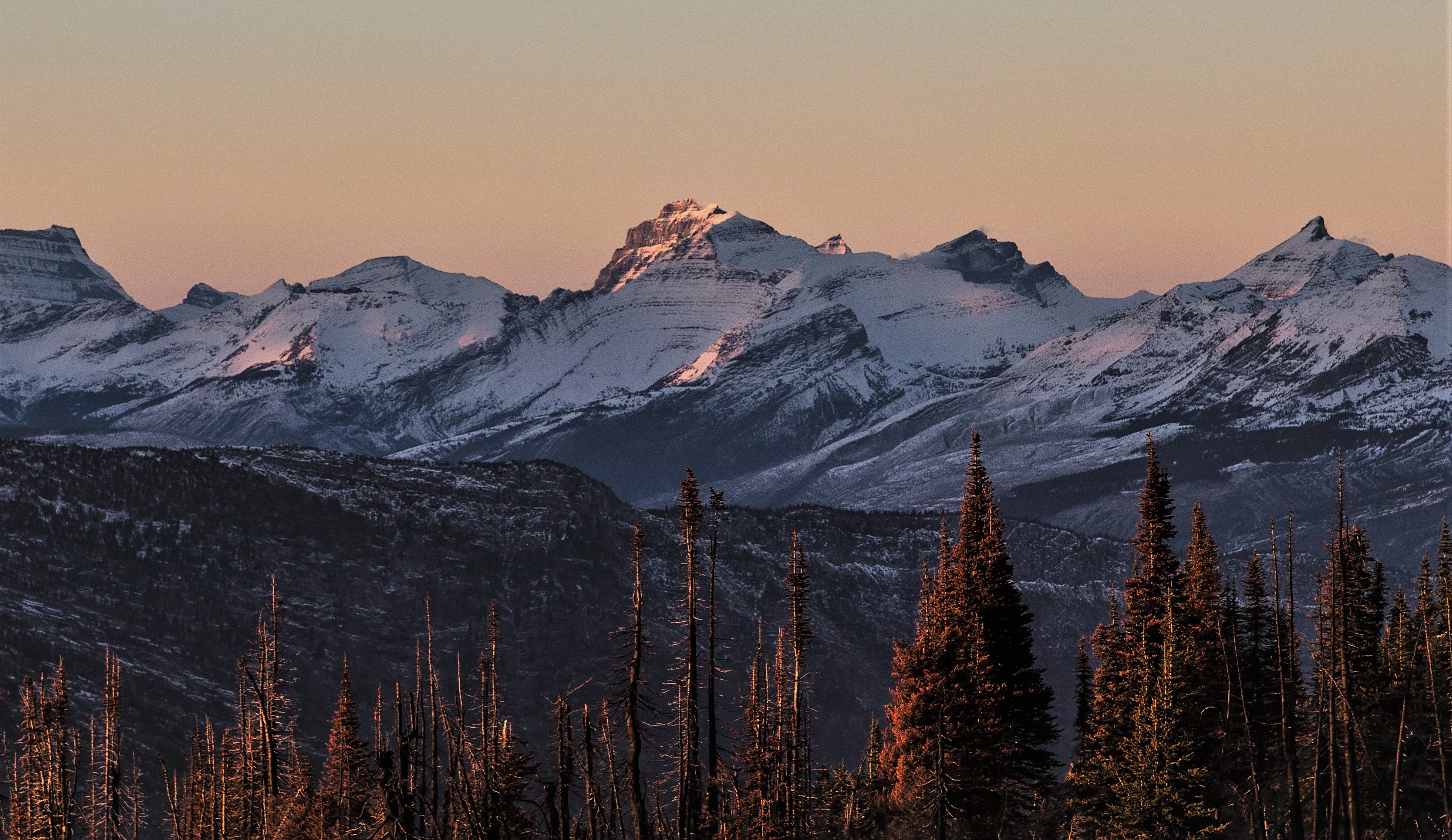Ipasha Peak on:
[Wikipedia]
[Google]
[Amazon]
Ipasha Peak () is located in the


Ipasha Peak
Ipasha Peak Mountains of Glacier National Park (U.S.) Lewis Range Mountains of Montana {{GlacierCountyMT-geo-stub
Lewis Range
The Lewis Range is a mountain range located in the Rocky Mountains of northern Montana, United States and extreme southern Alberta, Canada. It was formed as a result of the Lewis Overthrust, a geologic thrust fault resulted in the overlying of ...
, Glacier National Park in the U.S. state
In the United States, a state is a constituent political entity, of which there are 50. Bound together in a political union, each state holds governmental jurisdiction over a separate and defined geographic territory where it shares its sove ...
of Montana
Montana () is a state in the Mountain West division of the Western United States. It is bordered by Idaho to the west, North Dakota and South Dakota to the east, Wyoming to the south, and the Canadian provinces of Alberta, British Columb ...
. Ipasha Peak is south of Mount Merritt and is in the northeastern section of Glacier National Park. Ahern Glacier is located on the southeastern slopes of the mountain while the Ipasha Glacier
Ipasha Glacier is located in the US state of Montana in Glacier National Park (U.S.), Glacier National Park. The glacier is situated in a cirque to the southeast of Chaney Glacier and immediately east of the Continental Divide of the Americas, Co ...
is to the southwest of the peak. Helen Lake
Helen Lake is located in Glacier National Park, in the U.S. state of Montana. Helen Lake is at the head of the Belly River and is situated below Ahern Peak to the west and Ipasha Peak to the northwest. Numerous small streams feed the lake in ad ...
lies almost below the summit of Ipasha Peak to the southeast.Climate
Based on theKöppen climate classification
The Köppen climate classification is one of the most widely used climate classification systems. It was first published by German-Russian climatologist Wladimir Köppen (1846–1940) in 1884, with several later modifications by Köppen, notabl ...
, it is located in an alpine subarctic climate zone with long, cold, snowy winters, and cool to warm summers. Temperatures can drop below −10 °F with wind chill factors below −30 °F.
Geology
Like other mountains in Glacier National Park, it is composed ofsedimentary rock
Sedimentary rocks are types of rock that are formed by the accumulation or deposition of mineral or organic particles at Earth's surface, followed by cementation. Sedimentation is the collective name for processes that cause these particles ...
laid down during the Precambrian to Jurassic
The Jurassic ( ) is a geologic period and stratigraphic system that spanned from the end of the Triassic Period million years ago (Mya) to the beginning of the Cretaceous Period, approximately Mya. The Jurassic constitutes the middle period of ...
periods. Formed in shallow seas, this sedimentary rock was initially uplifted beginning 170 million years ago when the Lewis Overthrust The Lewis Overthrust is a geologic thrust fault structure of the Rocky Mountains found within the bordering national parks of Glacier in Montana, United States and Waterton Lakes in Alberta, Canada. The structure was created due to the collision o ...
fault pushed an enormous slab of precambrian rocks thick, wide and long over younger rock of the cretaceous
The Cretaceous ( ) is a geological period that lasted from about 145 to 66 million years ago (Mya). It is the third and final period of the Mesozoic Era, as well as the longest. At around 79 million years, it is the longest geological period of ...
period.

See also
*Mountains and mountain ranges of Glacier National Park (U.S.)
Mountains in Glacier National Park (U.S.) are part of the Rocky Mountains. There are at least 150 named mountain peaks over in Glacier in three mountain ranges--the Clark Range, Lewis Range, Livingston Range. Mount Cleveland at
is the high ...
References

External links
* Weather forecastIpasha Peak
Ipasha Peak Mountains of Glacier National Park (U.S.) Lewis Range Mountains of Montana {{GlacierCountyMT-geo-stub